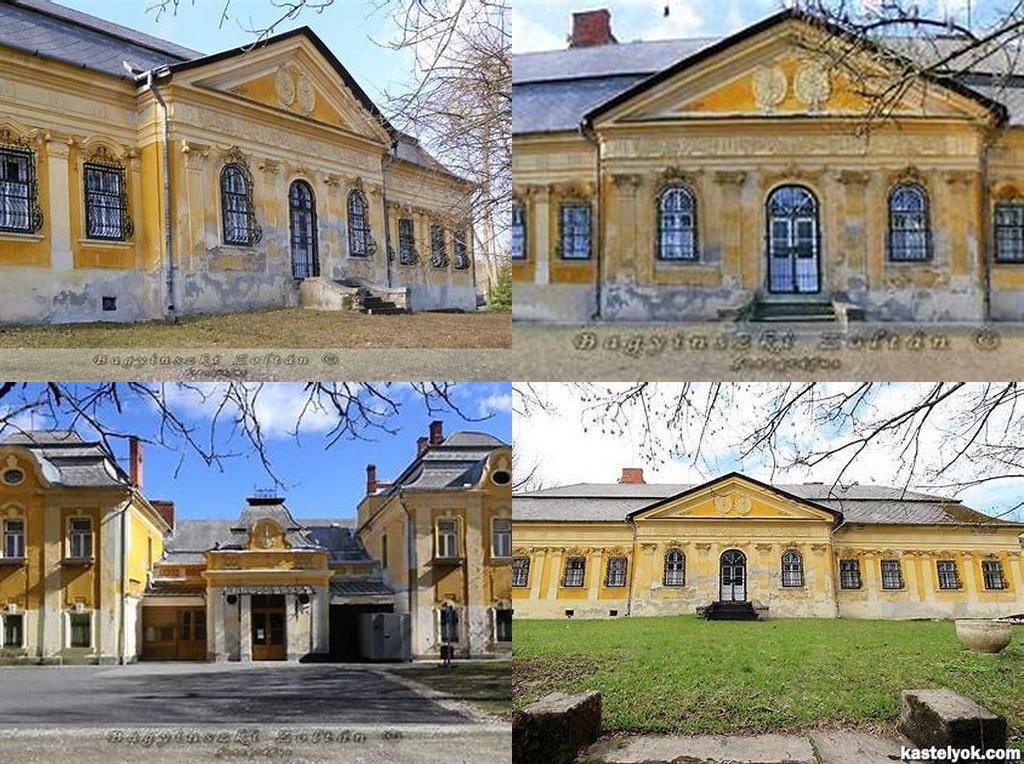
Balassa-kastély in the sleepy northern Hungarian village of Ragály isn’t the kind of place you find by accident—unless, of course, your GPS gets charmingly confused. Yet, the castle’s quiet splendor and storied past make it more than worth the deliberate detour off Hungary’s well-trodden tourist routes. Nestled in the gentle hills of Borsod-Abaúj-Zemplén County, this 18th-century mansion doesn’t scream for attention; instead, it invites you to slow down and breathe in the layers of history that the stones and gardens have absorbed over nearly three centuries.
One of the first things that strikes you on arrival is how unassumingly the Balassa-kastély sits at the edge of the village, surrounded by tall old trees that seem equally pleased with their serene surroundings. The castle was built in the mid-1700s by the Balassa family, whose roots in Hungarian nobility run deep. In 1750, Baron Balassa Ádám initiated the construction, turning a modest estate into a baroque residence that was both a family home and a status symbol. The family’s coat of arms, still visible on the main façade, hints at the sense of permanence they clearly intended. Walking up the broad approach to the main entrance, you can almost picture powdered wigs, silk gowns, and carriages crunching over the gravel—a time capsule set in mellow stone.
Inside, the layout isn’t excessively grand. It’s not Versailles, and that’s precisely its charm. The ground floor rooms, with their vaulted ceilings and original tile stoves, look out onto a large, lush garden. People with an eye for details will spot flourishes of original hand-painted murals and Baroque stucco decorations, reminding visitors that tastes and lifestyles stretched far beyond Budapest’s urban centers. The castle’s main hall—once the heart of family events and village gatherings—feels like it still holds the echoes of music drifting out into the evening air, especially when the light filters in through the tall windows. In more recent years, careful efforts to restore and preserve the castle’s interiors have coaxed back the understated elegance that defined 18th-century aristocratic life in the countryside.
But what makes Balassa-kastély so memorable isn’t just its architecture; it’s the stories embedded in its walls. The castle and its lands changed hands many times throughout Hungary’s turbulent history. After the Balassa era, the estate passed to the influential Serényi family in the 19th century, who left their own mark—look for details in the garden landscaping and rare types of trees planted during their stewardship. During the 20th century’s world wars and the communist period, the building wore many disguises. It housed a school, then fell into a silent, slow decay until recent efforts—spurred on by local historians and enthusiasts—returned it to something close to its original dignity. These changes echo Hungary’s broader narrative: resilience, adaptation, and the rediscovery of old treasures.
One of the joys of visiting Balassa-kastély is the feeling of intimacy, something that famous castles and palaces rarely manage. There aren’t throngs of tourists snapping selfies in every corner; instead, you may find yourself alone in a quiet salon or wandering the estate’s shadowy alleyways, imagining you’ve stepped into your own historical novel. Open days and local events sometimes bring a gentle bustle to the grounds: concerts in the gardens, small art exhibitions amidst the old brickwork, or storytelling sessions featuring the legends of Ragály and its noble families. The sense of being part of a living, evolving story is palpable—and unusually accessible.
The landscape that enfolds Balassa-kastély is itself a kind of invitation. The castle stands as a hub from which to explore the region’s walking and cycling trails. Tiny villages and soft hills stretch in all directions, dotted with wildflowers in the spring or snow in the winter, each view whispering of stories too easy to overlook in the rush of modern life. Locals might point you toward a nearby forest path, or share tales of the castle ghosts, whose presence no one entirely denies.
If you’re the kind of traveler who appreciates authenticity over grandeur, who prefers the sound of birds to that of bus engines, Balassa-kastély will surprise you. It’s not polished to gold-plated perfection, but rather layered with stories, quiet dignity, and the resilience of stone that’s outlasted wars, revolutions, and changing fashions. Take the time to wander, listen, and imagine. By the time you leave, the sleepy Hungarian countryside and the faded yet beautiful wings of the castle might just have woven themselves into your own travel memories—one more layer in the fabric of a place where history is tangible, and always open to one more visitor with a curious mind.





